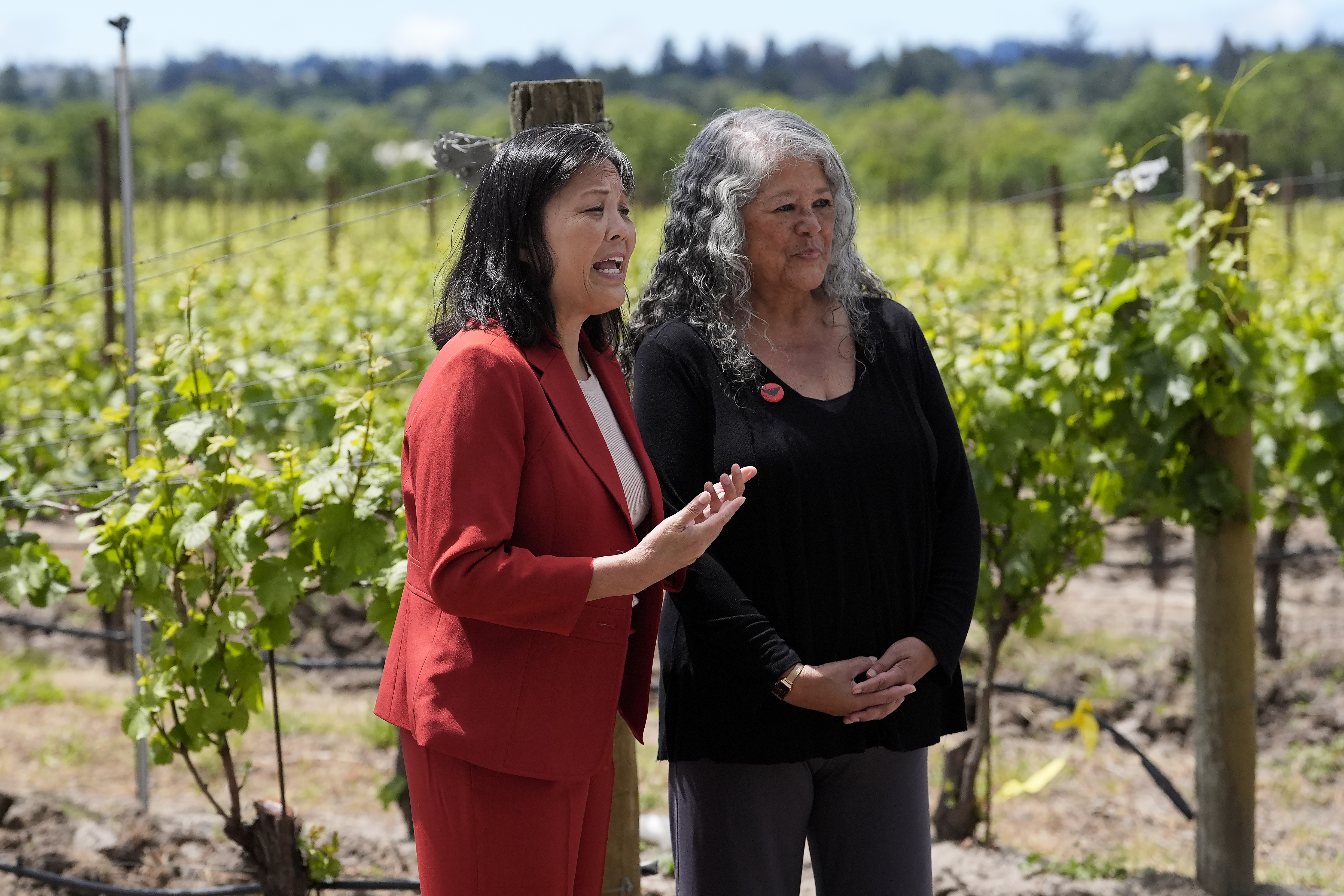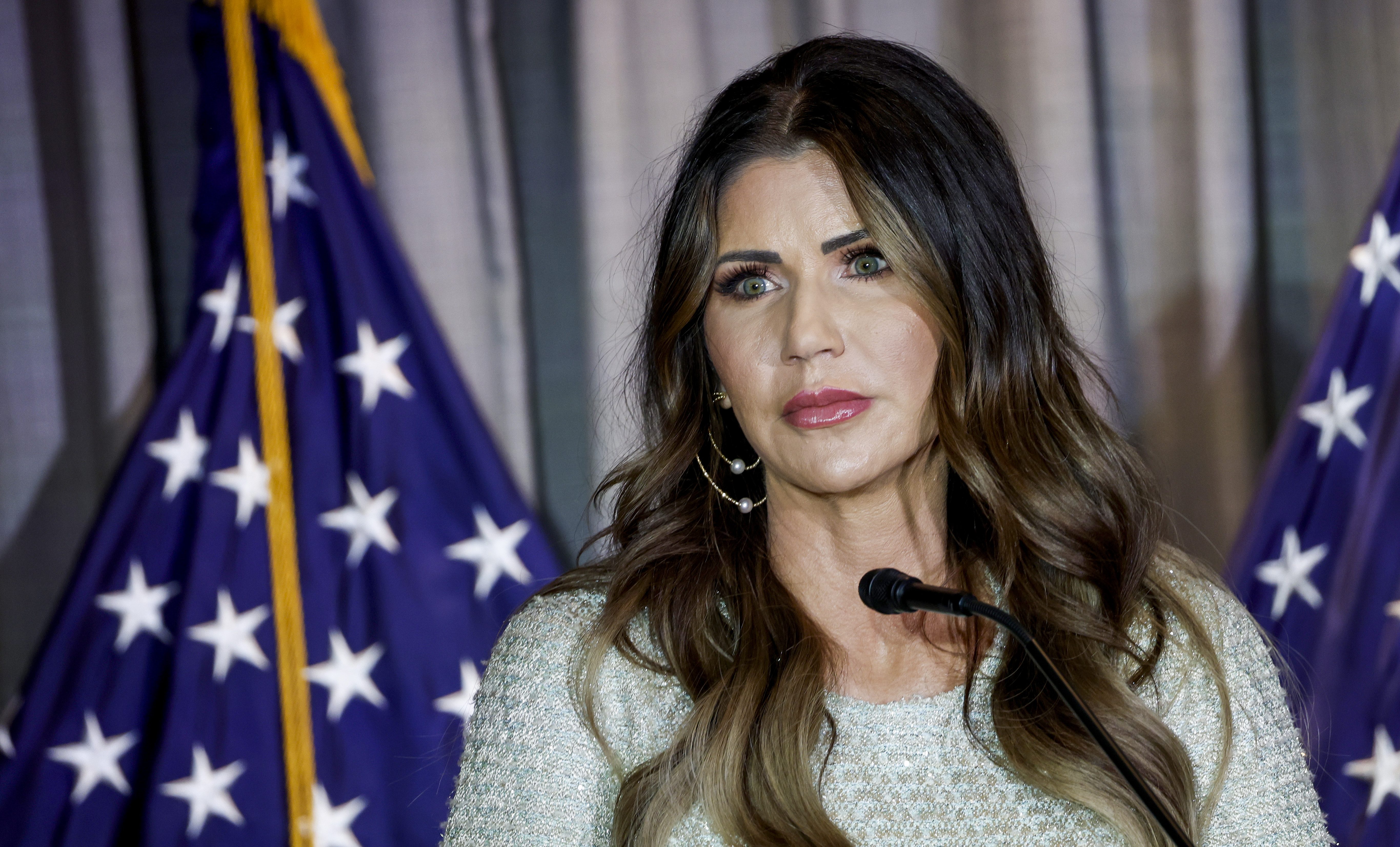The nation's high school graduation rate reached a record 83.2 percent, continuing a steady increase that shows improvement across all racial and ethnic groups, according to federal data released Monday.
President Barack Obama welcomed the higher rate as "good news." But the gains come against a backdrop of decreasing test scores on national math and reading tests.
Education Secretary John B. King Jr. acknowledged worries about sagging achievement. "A higher graduation rate is meaningful progress, but certainly we share the concern that we have more work to do to make sure every student graduates ready for what's next," he said.
Obama visited Benjamin Banneker Academic High School, a magnet school in the District of Columbia, to tout the graduation rate for the 2014-2015 school year. "More African-American and Latino students are graduating than ever before," he said.
Gains also were seen for disabled students and those from low-income families.
Obama also touted education gains in the District of Columbia, where he said the graduation rate had increased from 53 percent to 69 percent over five years.
He noted that Banneker graduates all its seniors. "It's been a while since I did math, but 100 percent is good. You can't do better than that," Obama told the audience, which included King, former Education Secretary Arne Duncan, Mayor Muriel Bowser, students and others.
U.S. & World
Before the president spoke, King said the graduation rate was more than just a number. "It represents real students in real cities, towns and rural communities who are better prepared for success in college and careers," King said during a conference call with reporters to discuss the data.
The administration said the graduation rate has increased by about 4 percentage points since the 2010-2011 school year. Obama frequently cites the increase when he talks to groups about progress made during his presidency.
Despite the increase in the graduation rate, test scores are declining.
Last year, math scores for fourth and eighth graders dropped for the first time in 25 years on the 2015 National Assessment of Educational Progress — also known as the Nation's Report Card. Reading scores were not much better: flat for fourth graders and lower for eighth graders compared with 2013. Average scores on SAT and ACT college entrance exams have also shown declines.
Several groups campaigning for a 90 percent graduation rate by 2020 welcomed the progress, but said much work remains.
"Too many young people are still being left behind," the GradNation campaign said in a statement. "There are currently nearly 700,000 16-19 year olds who are not in school and do not have a high school diploma."
It called for a redoubling of efforts to close graduation gaps among minority and poor students, English-language learners, homeless students and students with disabilities.
The campaign is made up of the Alliance for Excellent Education, America's Promise Alliance, Civic Enterprises and the Everyone Graduates Center at Johns Hopkins University's School of Education.
The administration reported significant differences in graduation rates among groups. Asian Americans had a 90.2 percent graduation rate, while whites were at 87.6 percent, followed by Hispanics at 77.8 percent, African-Americans at 74.6 percent and Native Americans at 71.6 percent.
The growth in graduation rates has been steady since states adopted a uniform way of tracking students. In 2008, the George W. Bush administration ordered states to begin using a formula that is considered a more accurate count of how many students actually finish school.
The White House said money invested through a grant program called Race to the Top has helped improve some of the nation's lowest-performing schools. The administration also said millions of students have gained access to high-speed broadband in their classrooms, and that state and federal governments have helped hundreds of thousands more children gain access to preschool programs.
According to the federal data, the District of Columbia made the most progress in 2014-2015 compared to the previous year, improving its graduation rate by 7 percentage points.



